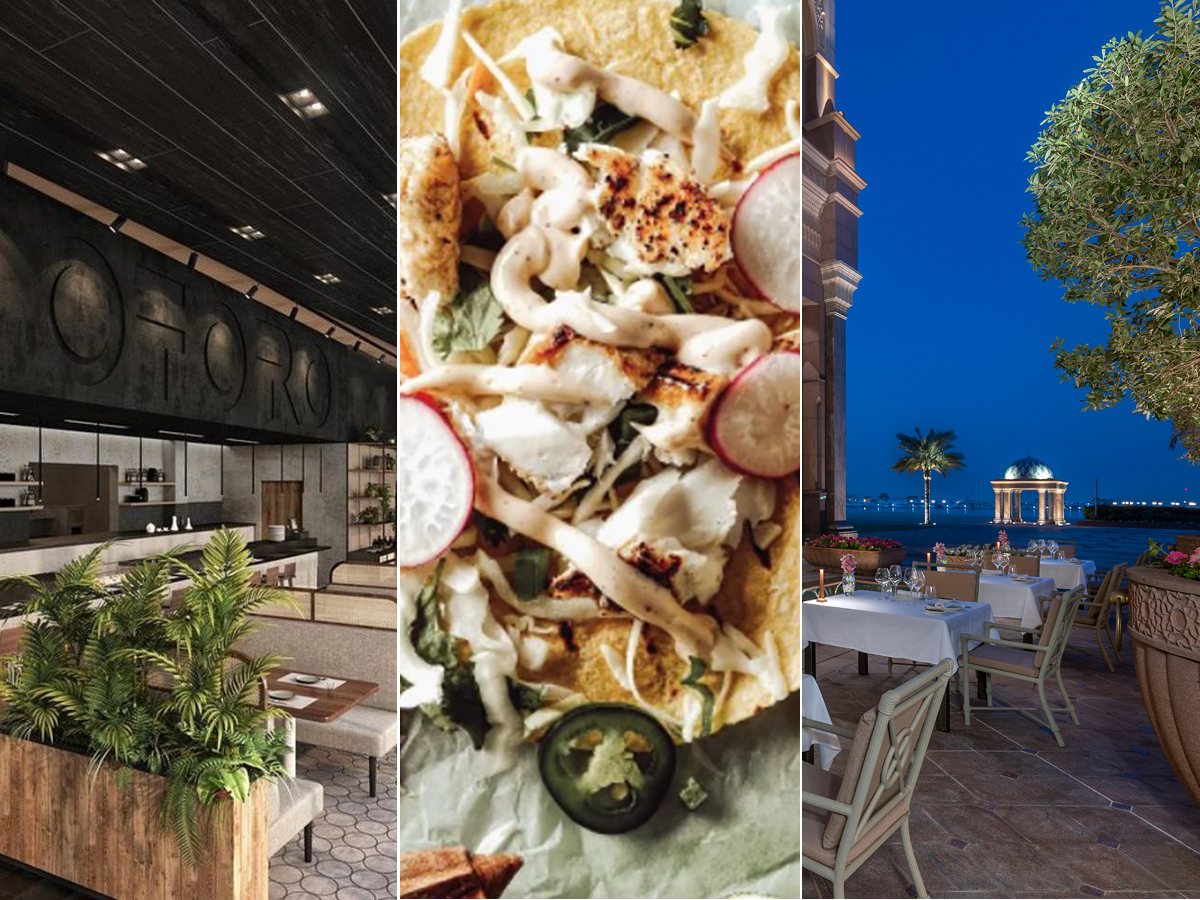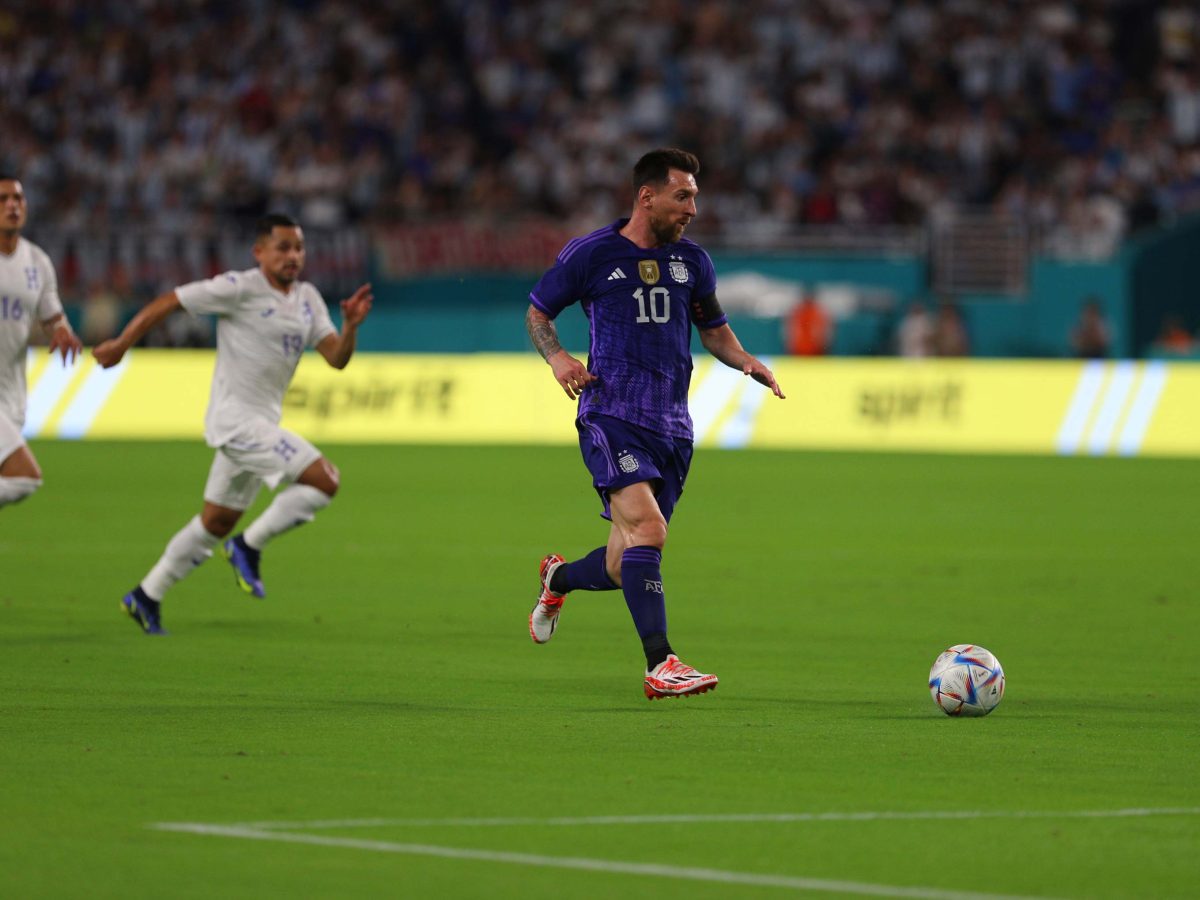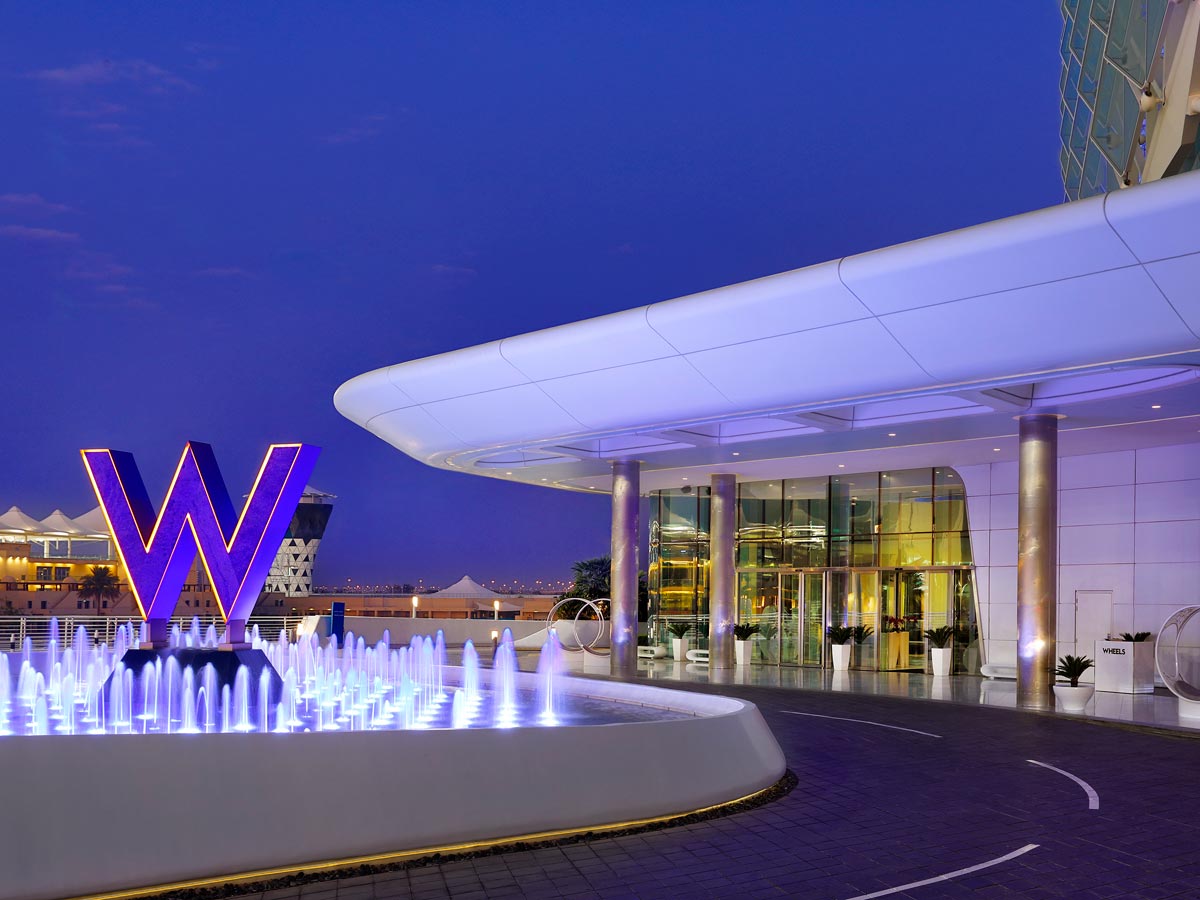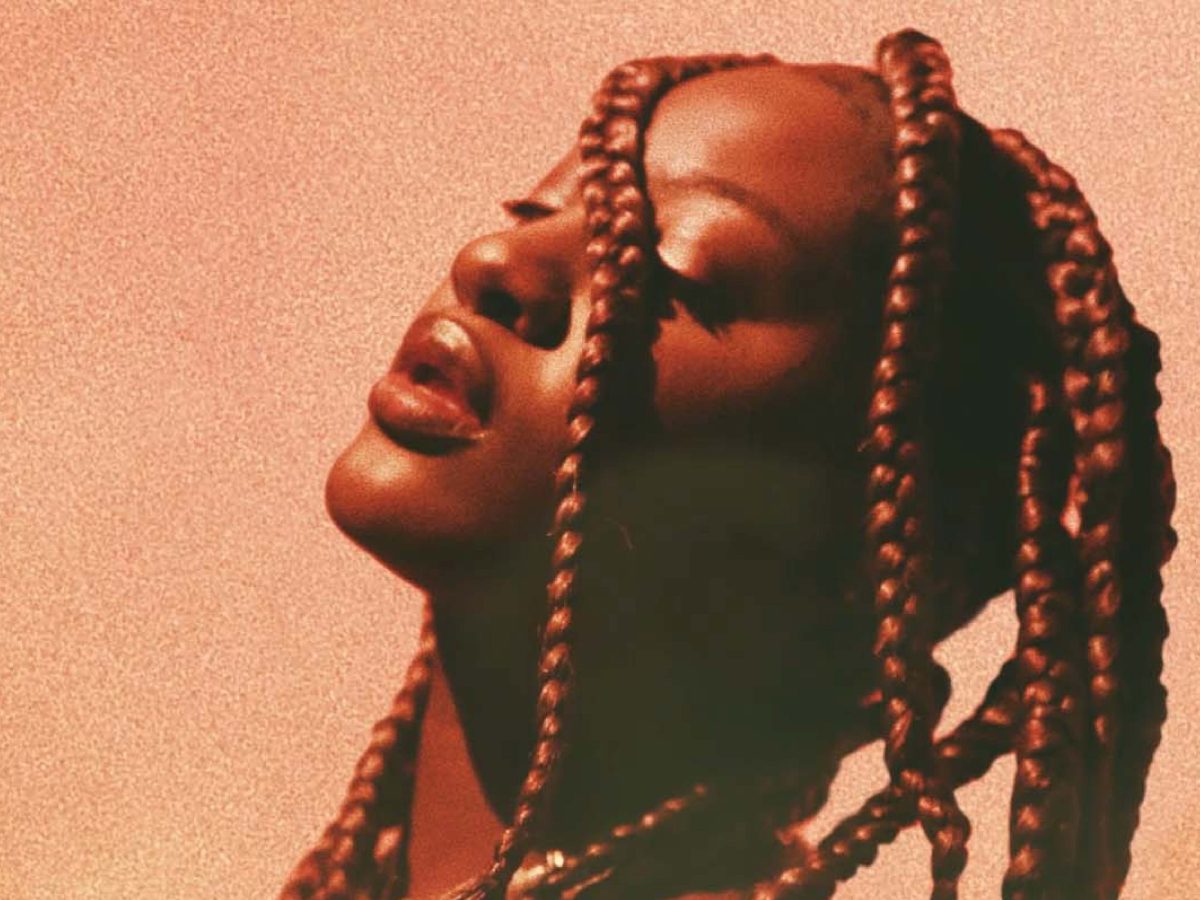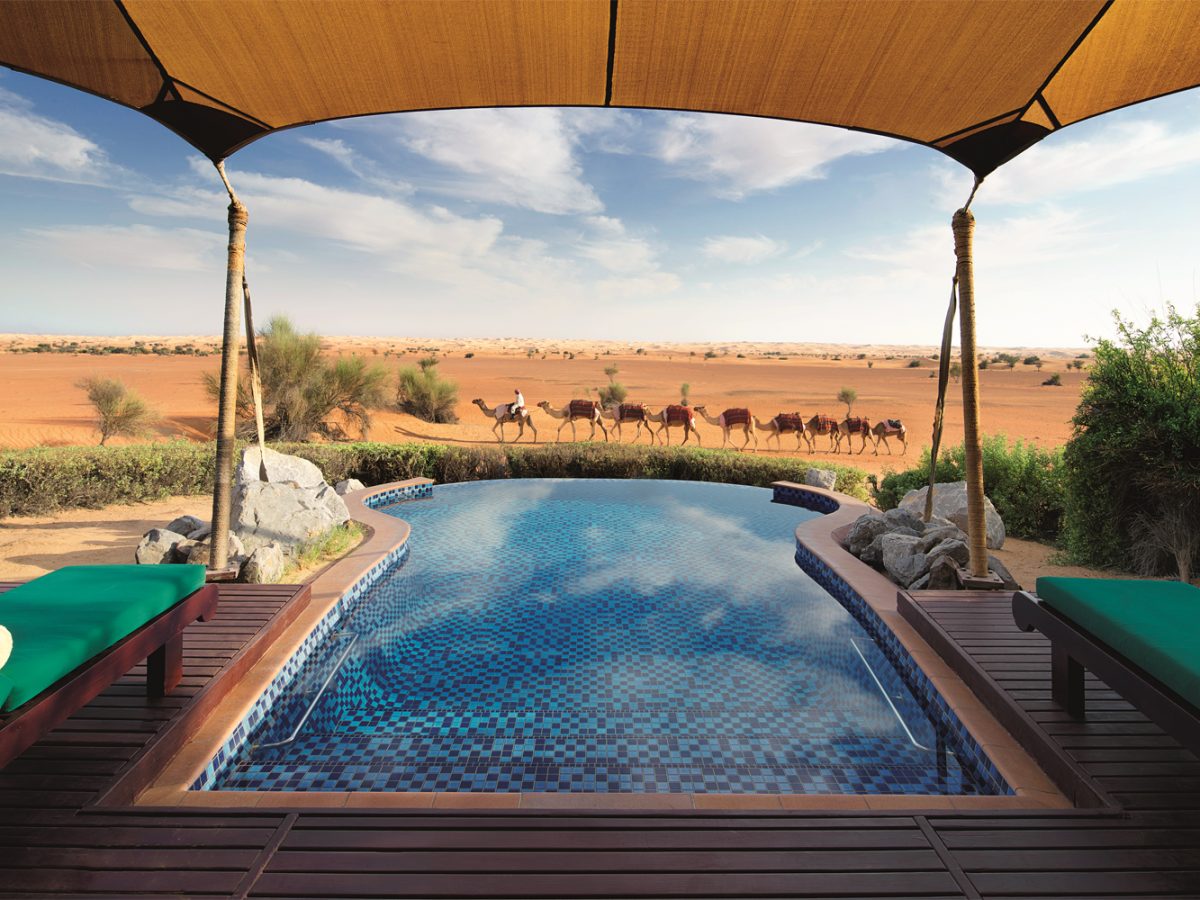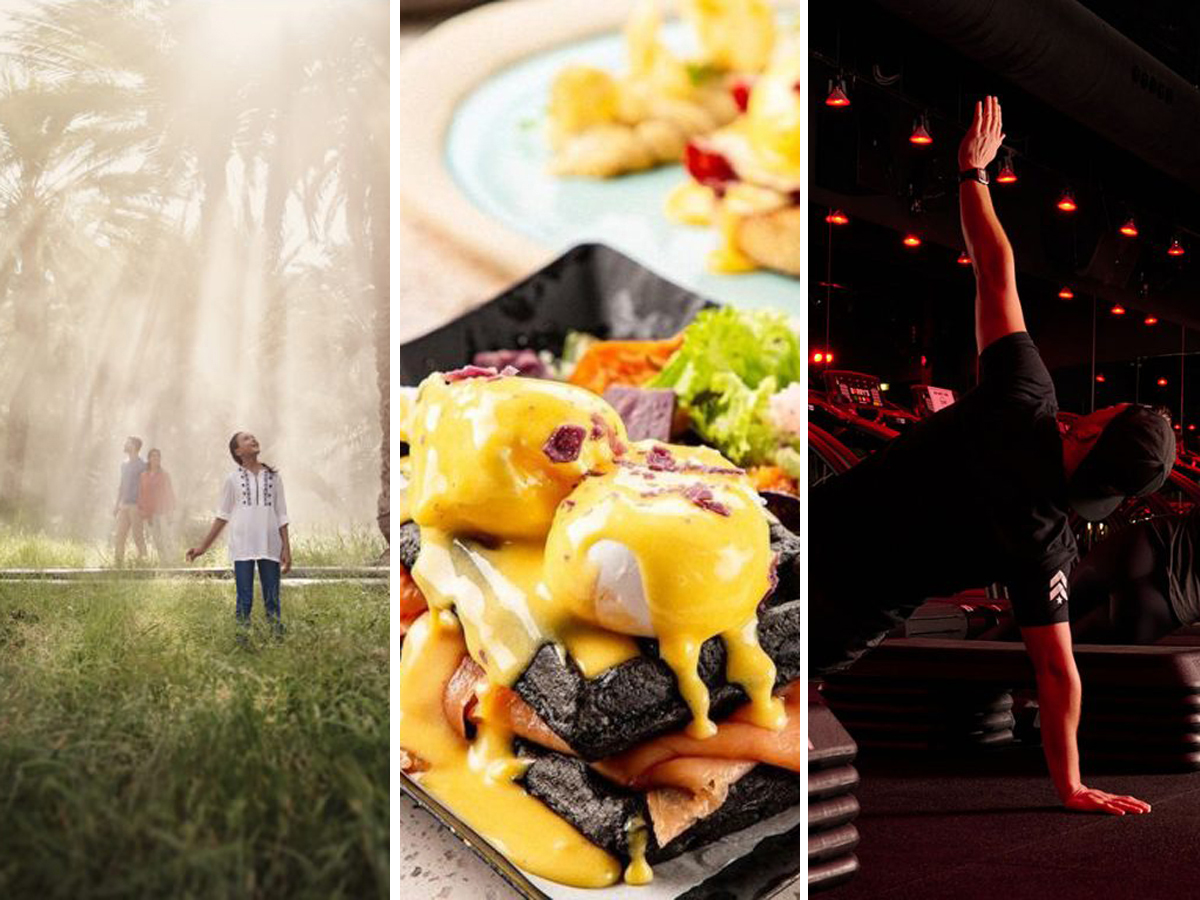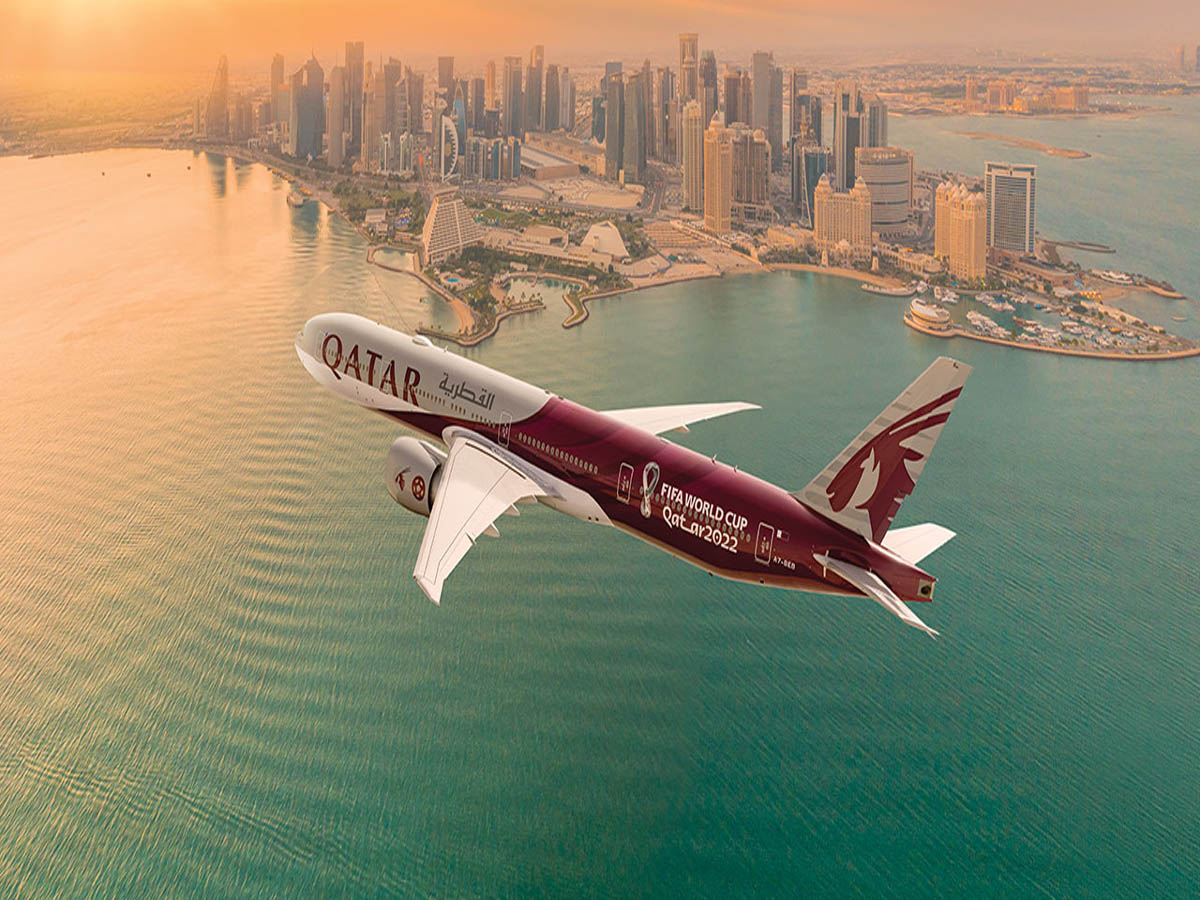I don’t remember the first time I saw a work by Pablo Picasso – becoming familiar with his work in even the broadest of terms (ie Cubism) was like a kind of cultural osmosis; something that was just absorbed, along with Batman reruns, as I grew up. I do, however, remember the first time I was truly blown away by the breadth and scope of his genius. The year was 1993 and I was visiting Paris for the first time.
The Musée National Picasso is situated in a converted 17th century mansion in the heart of the pretty cobbled streets of the Marais district in the third arrondissement. It is one of Paris’s oldest neighbourhoods, and the contrast, for anyone entering it for the first time, can’t be more profound; the old and the new meeting in a delicious culture clash.
Despite being one of the most sizeable collections of the artist’s work ever to be assembled in one place (the collection – over 3,500 pieces in total – began as a ‘donation’ by Picasso’s family following his death in 1973 in lieu of unpaid taxes), what is on display are mostly ‘minor’ pieces – there is no groundbreaking ‘Guernica’ or ‘Les Demoiselles d’Avignon’ to be found there. But what it lacks in showstoppers, the museum more than makes up for in sheer volume – room after room of the artist’s paintings, drawings and (my favourite) a fabulous interior sculpture garden, which collectively reveal not only Picasso’s genius but his humour and, most importantly, his constant quest to uncover, move forward, stretch himself artistically and reveal something new.
It was in that museum that I discovered for the first time the pottery with which the artist busied himself in his later years: display case after display case of pieces in which a single, casually painted line positively sings; there that I first saw a collection of the artist’s studies and sketches, all of a quality that knocks the finished works of most other artists for the proverbial six.
The good news is that now UAE residents can enjoy some of that sense of wonder too. As part of an international touring exhibition, close to 200 of the artist’s works – under the banner of ‘Picasso Abu Dhabi, Masterpieces From The Musée National Picasso’ – have taken up summer residence at Abu Dhabi’s Emirates Palace. The exhibition spans Picasso’s career – beginning with the haunting ‘Self Portrait’ of 1901 and, in a neat 360° loop, drawing to a close with another ‘autoportrait’, his 1972 ‘Portrait Of The Young Painter’, executed just months before the artist’s death.
In between are examples of every stage of the artist’s expansive, multi-faceted career, including painted studies for ‘Les Demoiselles d’Avignon’ – the African-influenced painting that foretold Cubism, and which New York’s MoMA museum (where the finished masterpiece is now held) has called ‘…one of the most important works in the genesis of modern art’. For the visitor, it’s a quick and thoroughly comprehensive trot through many of the styles that defined the history of art in the 20th century: Cubism, Neoclassicism, Surrealism – they’re all there.
Born in Malaga, Spain, in 1881, legend has it that young Pablo Diego José Francisco de Paula Juan Nepomuceno María de los Remedios Cipriano de la Santísima Trinidad Martyr Patricio Clito Ruiz y Picasso (yes, that really was his full name), was so artistically precocious (he could draw perfect reproductions of the human form before he hit puberty) that his father – an artist and professor of art – retired his own paintbrush in the face of his young son’s much bigger talent.
After studying in Spain, Picasso lived between Barcelona and Paris in the early years of the 20th century, before settling in France towards the end of its first decade. It was there, shortly after creating ‘Les Demoiselles…’ that Picasso collaborated with another young painter, Georges Braque, to produce one of the most startling art movements ever created – Cubism – pulling objects, such as guitars and mandolins, apart, breaking them down, and rebuilding them on the canvas as brilliant, and sometimes baffling, abstractions.
This idea of collaboration and artistic influence was crucial. For all his trailblazing, Picasso was an artist who appreciated and drew inspiration from others (just take a look at that Blue Period ‘Self-Portrait’ with its clear nod to Van Gogh). Throughout his career, he worked alongside and was influenced by the likes of Henri Matisse and fellow Spaniard, surrealist Juan Miro (whose appreciation and understanding of art as a kind of visual poetry resonated deeply with Picasso), while, at times, riffing directly on artistic themes by the likes of Ingres and Manet (Picasso’s version of Manet’s famous ‘Le Dejeuner Sur l’Herbe’ is included in the Abu Dhabi show). Never one to be creatively contained, Picasso also worked in ballet and theatre, designing sets and costumes, collaborating with greats from Igor Stravinsky to Jean Cocteau.
But, arguably, it was subject matter as much as painting style that dominated Picasso’s work: themes such as acrobats and the minotaur recur again and again, while his ever evolving stream of lovers – including the long-suffering Marie-Therese Walter, who hooked up with Picasso when she was just 17 and spent her life hoping he might make an honest woman of her (she eventually hanged herself four years after the artist’s death) – served as interchangeable muses and a constant source of inspiration to the painter.
What many see as his most powerful subject matter, however, was inspired by war. As a Spaniard living abroad, Picasso didn’t have to fight in the Spanish Civil War, nor was he ever forced into combat in either of the World Wars, but he is on record as saying, ‘Painting is not about decorating apartments, it’s a weapon and we must use it.’
As such, he made his feelings about the atrocities being carried out by fascist dictator Francisco Franco clear in allegorical works such as ‘Cat Catching A Bird’. Painted in April 1939, its stark imagery of a wild-eyed, sharp-clawed cat biting viciously into a wounded bird alludes to Franco’s attack on Madrid the month before. But it’s ‘Guernica’, Picasso’s searing response to the bombing of the small Spanish town by Nazis in 1937, that for many is the ultimate proclamation against the brutal futility of war, with its stark lines, fallen, screaming bodies and surreal interjections of a stampeding horse and grimacing minotaur.
As he moved into his later years, there were plenty of detractors ready to decry the artist as being past his best – developments in modern art had moved across the Atlantic in the wake of World War Two, where movements such as Abstract Expressionism and, later, Pop Art were forging new paths. But look back on that period now and you see an artist who was continuing to create and explore.
The lothario of his youth was now an old man disturbed by the decline in his sexual attractiveness and potency, something he continued to investigate in a series of increasingly self-deprecating works. But he was also still curious, still inquisitive enough to create works – on paper, ceramic and sculpture as well as on canvas – in which both his humour and that indominatible ego shine through.
Picasso Abu Dhabi is at Emirates Palace (02 690 9000), West End Corniche, Abu Dhabi. Until September 4.


